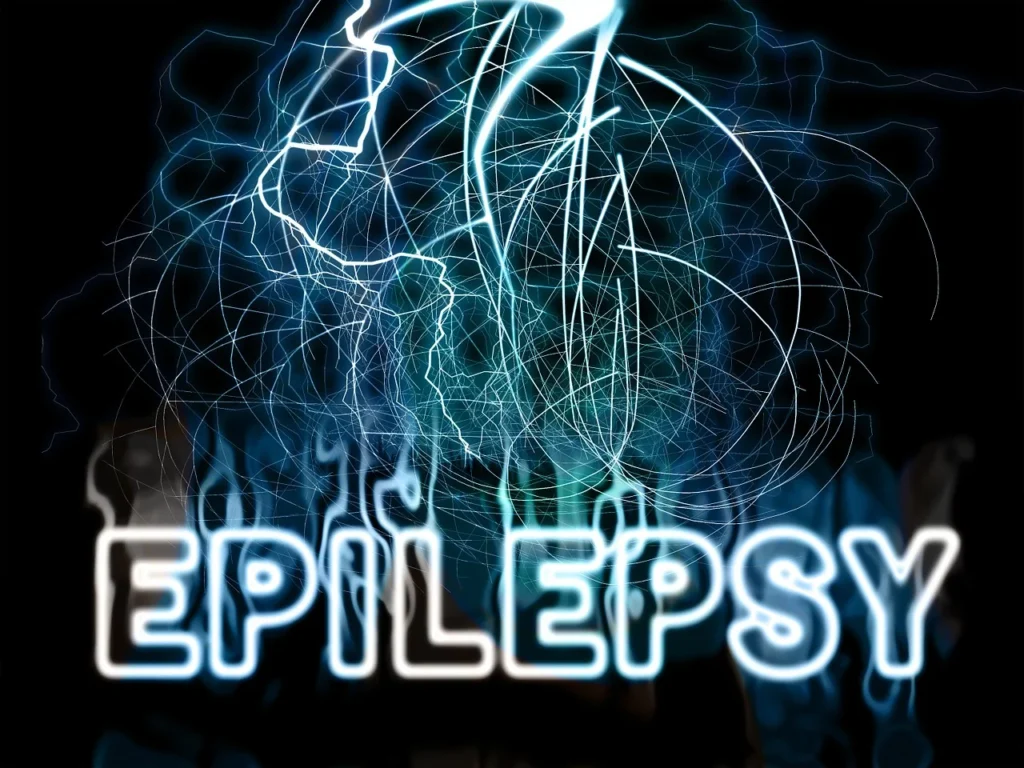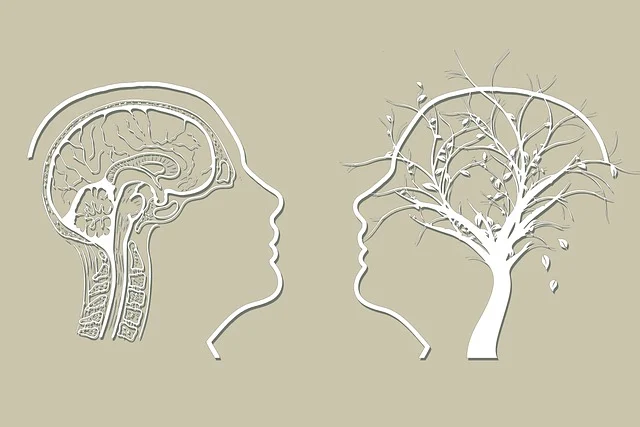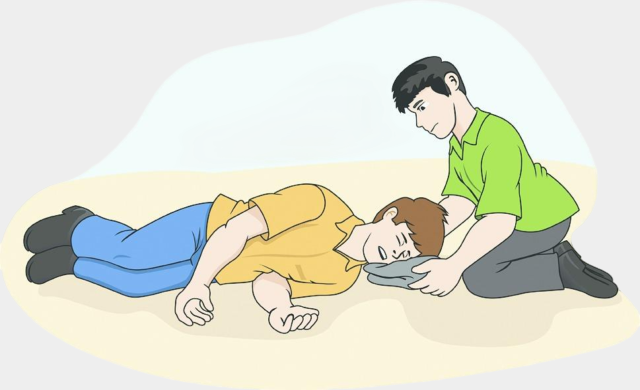Introduction: What Is Acute Stress Disorder?
Acute Stress Disorder (ASD) is a short-term mental health condition that develops in response to a traumatic or life-threatening event. It is the body’s immediate reaction to extreme stress, often surfacing within days of experiencing or witnessing trauma. People with ASD may feel detached, anxious, or emotionally numb, and their minds may replay the event repeatedly through flashbacks or vivid memories.

Unlike typical stress, which fades after the situation passes, acute stress disorder disrupts normal functioning. It can make even everyday tasks difficult to manage and may interfere with work, relationships, and sleep. However, the good news is that ASD is treatable, and early recognition plays a crucial role in preventing long-term psychological conditions such as Post-Traumatic Stress Disorder (PTSD).
Understanding the Science Behind Acute Stress Disorder
To understand ASD, it’s essential to look at what happens inside the brain during trauma. When a person faces a sudden or terrifying event, the brain triggers a “fight-or-flight” response. The amygdala, which processes fear, sends emergency signals throughout the body, releasing stress hormones like adrenaline and cortisol.
These hormones prepare the body for danger—heart rate increases, muscles tense, and senses sharpen. But in cases of overwhelming trauma, this system can stay overactive. The prefrontal cortex, responsible for rational thinking, becomes less active, making it harder for a person to regulate emotions or process what has happened.
If the stress response does not return to normal after the danger has passed, the person may continue to feel fear, tension, or emotional numbness. This lingering effect is what characterizes Acute Stress Disorder.
What Are the Triggers for Acute Stress Disorder?
Acute Stress Disorder can be triggered by any situation that causes intense fear, helplessness, or horror. The most common causes include:
- Experiencing or witnessing a serious accident, such as a car crash or natural disaster.
- Exposure to violence, including physical assault, robbery, or war.
- Receiving a sudden life-threatening diagnosis.
- Sudden loss of a loved one in traumatic circumstances.
- Experiencing sexual assault or abuse.
Not everyone exposed to trauma will develop ASD. The likelihood often depends on individual vulnerability, prior trauma exposure, personality traits, and the availability of emotional support. People who have limited coping mechanisms or lack social support are more prone to developing the disorder.
Even those with strong coping skills can experience ASD if the trauma is severe enough, such as surviving a terrorist attack or witnessing a catastrophic event.
What Are Five Symptoms of Acute Stress?
Acute Stress Disorder can manifest through psychological, emotional, and physical symptoms. Here are five of the most common:
- Intrusive Memories and Flashbacks
People with ASD may experience distressing memories, dreams, or flashbacks that make them feel as though they are reliving the traumatic event. These intrusions are often vivid and can cause intense fear or panic. - Avoidance Behavior
Individuals often go out of their way to avoid anything that reminds them of the trauma—people, places, or even specific sounds. This avoidance can make recovery more difficult, as it prevents emotional processing. - Negative Mood Changes
Persistent sadness, guilt, or hopelessness are common. Some people report feeling emotionally numb or detached from others. They may lose interest in activities they once enjoyed. - Dissociation and Detachment
Dissociation is a key feature of ASD. It can make a person feel disconnected from reality or from their own body. They might describe feeling as if they are watching their life from outside themselves. - Hyperarousal and Physical Symptoms
The body may remain on high alert even after the danger has passed. Symptoms include irritability, difficulty sleeping, rapid heartbeat, sweating, and being easily startled.
These symptoms can appear within hours or days after the traumatic event and typically last from a few days up to a month.
What Is Acute Stress Disorder Characterized By?
Acute Stress Disorder is characterized by a combination of re-experiencing the trauma, avoidance behaviors, emotional numbness, and heightened arousal. The defining feature is the onset of symptoms shortly after exposure to a traumatic event.
It is important to note that ASD is not just “ordinary stress.” It is an intense psychological reaction that interferes with daily functioning. People with ASD may struggle to focus, feel detached from others, and lose a sense of time or reality.
In some cases, individuals experience depersonalization—feeling disconnected from their body—or derealization, where the world seems unreal or distorted. These experiences can be frightening but are temporary with appropriate treatment and support.
What Is the Difference Between ASD and PTSD?
While Acute Stress Disorder and Post-Traumatic Stress Disorder share many similarities, there are important differences between the two conditions. The primary distinction lies in the duration and development of symptoms.
| Feature | Acute Stress Disorder (ASD) | Post-Traumatic Stress Disorder (PTSD) |
|---|---|---|
| Duration | Lasts less than 1 month | Persists for more than 1 month |
| Onset | Begins within days after trauma | May appear weeks or months later |
| Symptoms | Intrusive memories, avoidance, dissociation, arousal | Similar symptoms but longer-lasting and more severe |
| Treatment Focus | Early intervention, stabilization | Long-term therapy and trauma processing |
If ASD remains untreated, it can evolve into PTSD. However, early support, therapy, and coping strategies can significantly reduce this risk. Recognizing symptoms early and seeking professional help is the best way to prevent long-term complications.
Diagnosis and ICD-10 Classification
In the International Classification of Diseases (ICD-10), Acute Stress Reaction is coded as F43.0. This classification is used by healthcare professionals to diagnose and record cases of stress-related disorders that occur immediately after a traumatic event.
Diagnosis typically involves a detailed clinical interview, psychological assessment, and evaluation of symptoms such as dissociation, intrusive thoughts, and hyperarousal. Mental health professionals use diagnostic manuals like the DSM-5 and ICD-10 to differentiate ASD from other disorders.
It is important for individuals to understand that receiving a diagnosis is not a label—it is a step toward recovery. Accurate diagnosis allows for proper treatment and personalized care.
Treatment and Management of Acute Stress Disorder
The treatment for ASD focuses on helping individuals regain a sense of control and emotional balance. Common approaches include:
1. Psychotherapy
Cognitive Behavioral Therapy (CBT) is one of the most effective treatments for ASD. It helps patients identify negative thought patterns and replace them with healthier coping mechanisms. Exposure therapy, a subset of CBT, gently helps individuals confront and process traumatic memories in a safe environment.
2. Medication
In some cases, short-term medications such as anti-anxiety or sleep aids may be prescribed to manage symptoms. Medication is often used alongside therapy rather than as a standalone treatment.
3. Mindfulness and Relaxation Techniques
Mindfulness meditation, breathing exercises, and yoga can help calm the body’s stress response. These techniques promote emotional stability and reduce hyperarousal symptoms.
4. Social and Emotional Support
Support from friends, family, or support groups is crucial. Talking about the experience with someone trustworthy can help release emotional tension and foster healing.
5. Early Intervention
Seeking help soon after trauma increases the chances of full recovery. The longer symptoms persist untreated, the greater the risk of developing chronic stress or PTSD.
Self-Help Tips and Coping Strategies
In addition to professional treatment, self-care plays an important role in recovery. Here are practical strategies that can support healing:
- Stay connected with loved ones instead of isolating yourself.
- Maintain a consistent sleep schedule and eat nourishing food.
- Engage in light physical activities like walking or stretching.
- Avoid alcohol or drugs, as they can worsen symptoms.
- Write in a journal to process emotions and gain perspective.
- Practice deep breathing exercises during anxiety episodes.
- Allow yourself to feel emotions without judgment.
Healing from trauma takes time and patience. It’s important not to rush the process or compare your recovery with others.
Living Beyond Acute Stress Disorder
Acute Stress Disorder can feel overwhelming, but it does not define who you are. Many people recover completely with proper care and support. Recognizing that your reaction is a normal response to an abnormal event is the first step toward healing.
Recovery involves rebuilding a sense of safety, processing the trauma, and regaining emotional strength. Therapy, support networks, and self-compassion are essential components of this journey.
With early intervention, most individuals overcome ASD within weeks and go on to live balanced, fulfilling lives. The key is to seek help, remain patient, and remember that healing is possible.



